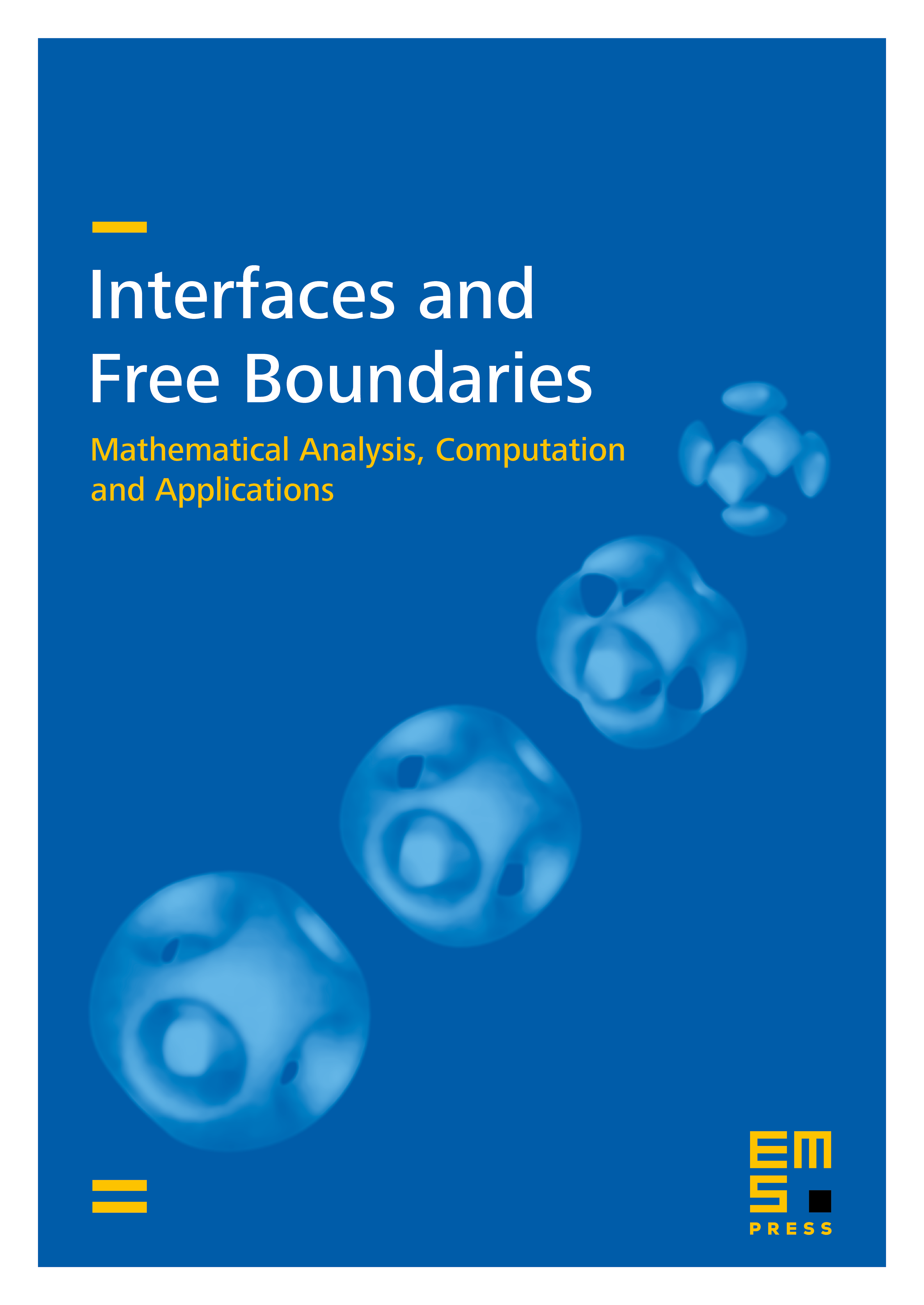Morphological instability of pores and tubules
Dimitri J. Kirill
University of Minnesota, Minneapolis, United StatesStephen H. Davis
Northwestern University, Evanston, United StatesMichael J. Miksis
Northwestern University, Evanston, United StatesPeter W. Voorhees
Northwestern University, Evanston, United States

Abstract
We present a linear stability analysis of a uniaxially stressed, hollow cylindrical tubule, where the mass transport mechanism is surface diffusion driven by surface curvature- and elastic-energy. We find that there are always two distinct eigenmodes for any choice of wavenumbers, applied stress, and geometry. We also find that applied stress has a destabilizing effect, increasing the range of unstable wavenumbers. For any choice of applied stress and geometry, the most dangerous mode is axisymmetric, and can be either sinuous or varicose depending on choices of geometry and applied stress. The case of a cylindrical pore in a stressed infinite solid emerges as a limiting case.
Cite this article
Dimitri J. Kirill, Stephen H. Davis, Michael J. Miksis, Peter W. Voorhees, Morphological instability of pores and tubules. Interfaces Free Bound. 4 (2002), no. 4, pp. 371–394
DOI 10.4171/IFB/66